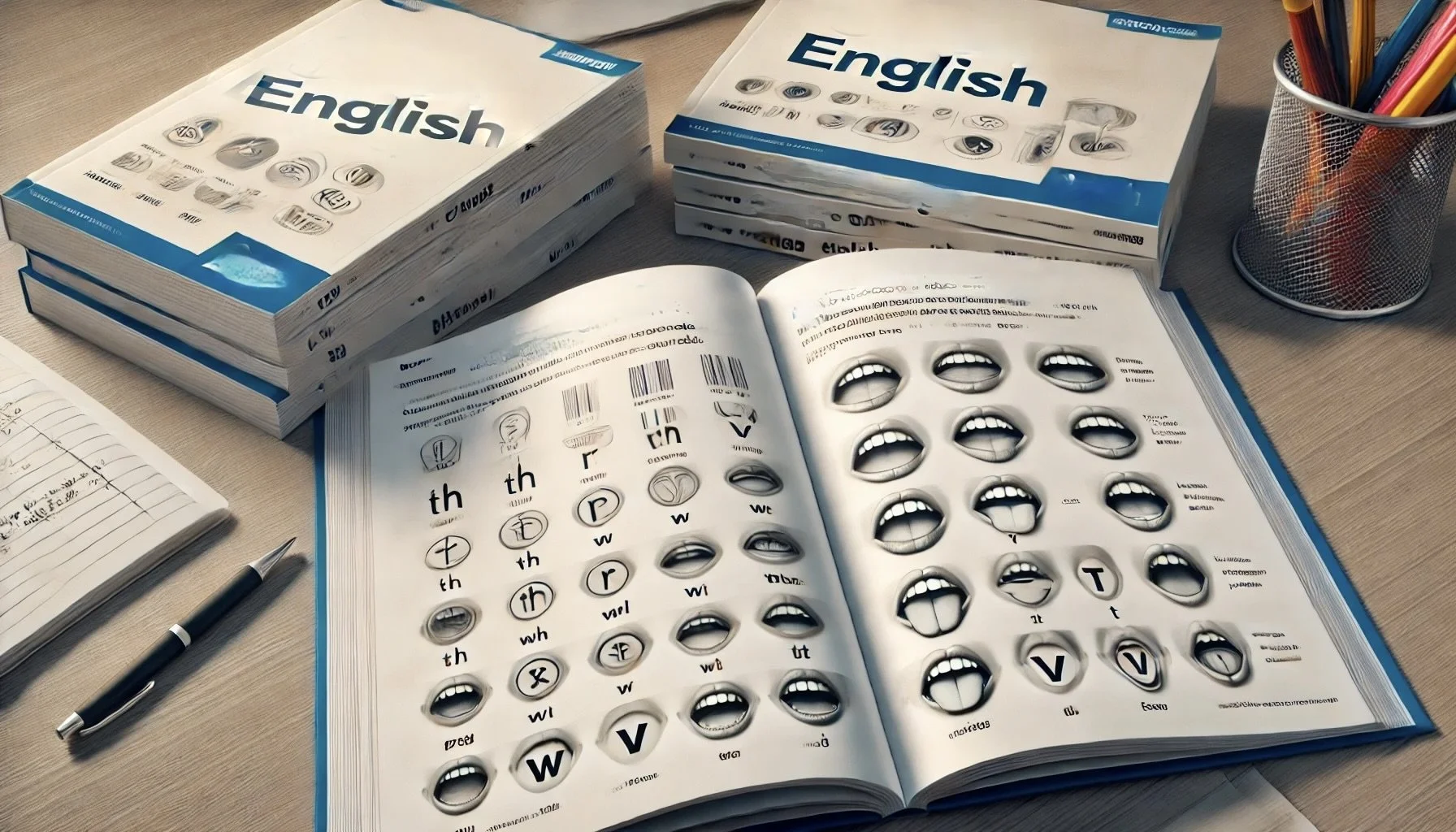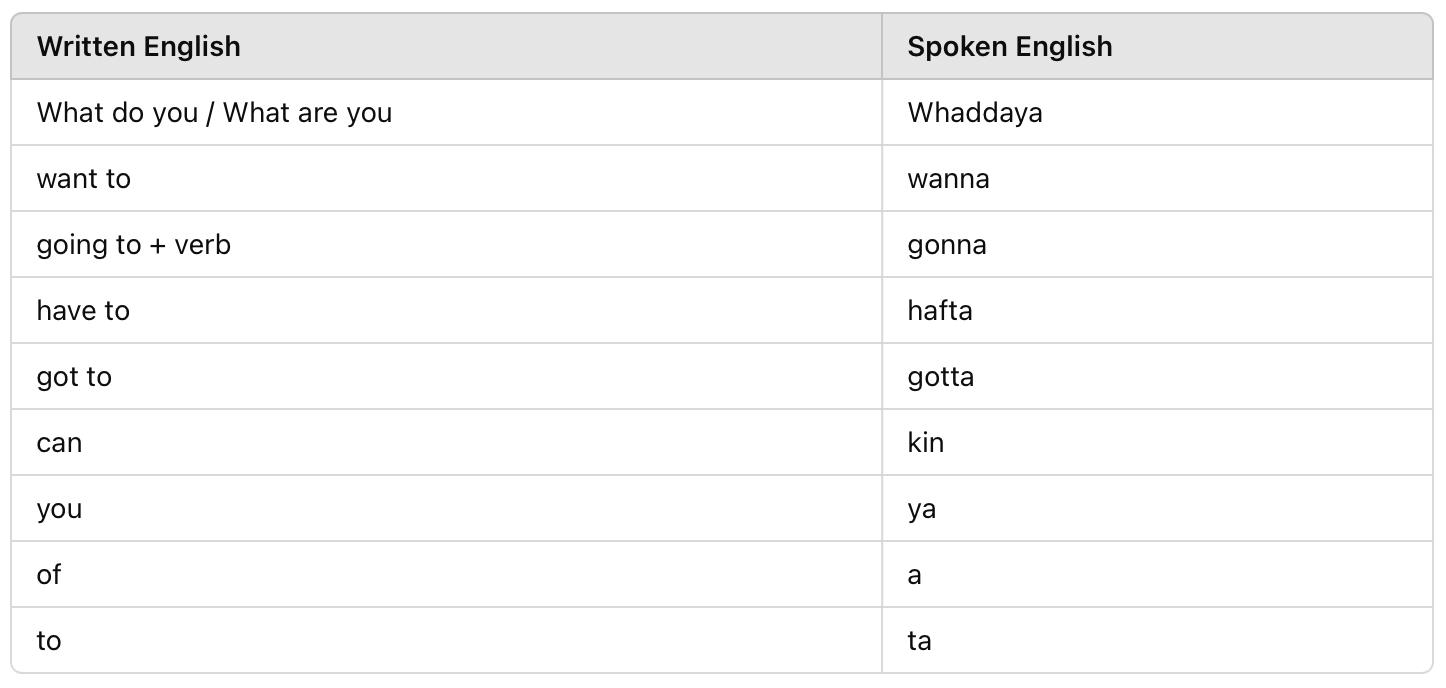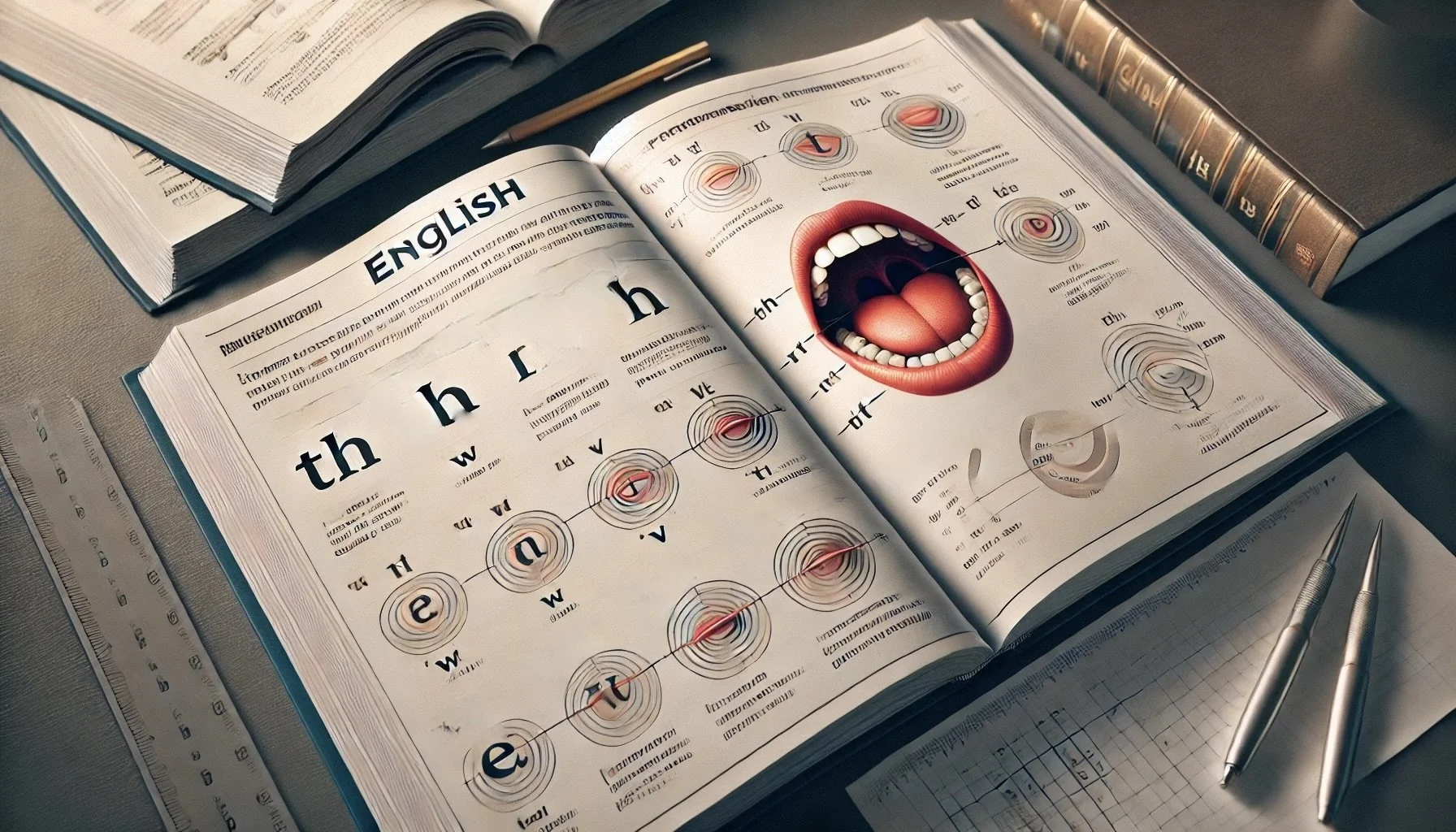Students from India: Quickly Fix English Pronunciation Challenges for the Interview (and Beyond)
Written by Nina, UCLA MA; Former Teaching Fellow, Harvard University; and author of 20 textbooks
Sometimes, learners forget that they're doing double-duty linguistically, and become self-critical because their English isn't what they categorize as "perfect". I always tell my learners that the fact they speak at least two languages and can conduct high-level tasks in both amazes me.
However, many Americans forget this for a number of reasons. If we think of the history of the United States, which includes a multitude of different cultural groups speaking as many varied languages, English represented a communication lifeline. People in the United States could travel miles and miles, and to communicate, they had to find a common language, which became English.
If we compare the U.S. to Europe historically, and also today, people can travel comparatively short distances in Europe and find themselves in another culture speaking another language. The ability to speak many languages typified a practical lifeline for them.
Native English speakers don't often think about this, but they live it, sometimes very harshly or impatiently. Therefore, to have a great interview for an Ivy League, I've highlighted in this first blog post in the series, "Quickly Fix English Pronunciation Challenges for the Interview (and Beyond)", the top pronunciation challenges and their quick fixes for English speakers from India so that your English enhances you.
Before we get into specific pronunciation challenges, the following pronunciation hacks apply to every non-native, English speaker regardless of their native language.
If you sing Karaoke you know that your voice sounds amazingly better if you open your mouth wider for many of the sounds. We use the same apparatus to speak, so the same technique that makes your singing voice sound beautiful makes your speaking voice much more understandable and lovely to hear.
The second most difficult and most important hack is this -- slow down. When English learners, especially advanced English learners, hear native English speakers, they rightly think those speakers talk very fast, and they should, too. Why does it feel like native English speakers talk so fast? Because they do. There's a phenomenon called "reduced forms" that allows natural spoken English to rush forward like a jetliner. Reduced forms race forward at about twice the pace of written English.
Reduced forms include examples like the following, caused by speed of speech with these words (The words and the speed are the rules.):
So why should you slow down and have English that more closely resembles traditional written English? Because native speakers have been speaking natural speed, spoken English since they were babies. They naturally, with no thought, blend their spoken English sounds, their pauses, etc. so they're understandable. In addition, reduced forms aren't the only changes that happen to fast spoken English. Sentence blending rules represent another change from written to spoken English. Again, there's no premeditation for this. Think of these changes as two steps that native English speakers do spontaneously, with no thought, that take them from written to spoken language.
Example:
Written English
We're going to have a lot of things to do before tomorrow.
Spoken English
Step 1 (reduced forms): We're *gonna have a lot *a things *ta do before tomorrow.
Step 2 (sentence blending) We're *gonna ha va lo da things *ta do before tomorrow.
Notice with the sentence blending that two rules spontaneously blurred the word breaks. "Have" + "a" represents the first blend. The rule states that when a final consonant sound is followed by a vowel sound, the consonant sound moves to the vowel (ha va). Also, notice that the "e" of "have" isn't pronounced. Therefore, for the purpose of sentence blending, it doesn't exist.
The second blending rule states that when vowel sounds surround a "t" sound, the "t" becomes a flap "d" and then moves to the vowel (lot + *a . . . lod +a . . .lo da).
So why shouldn't you learn these spoken English rules and use them in your English interview? Because they're spontaneous. They're done with no thought, and they're based on certain sounds spoken at a certain speed at each moment, and with a native speaker rhythm. As I mentioned at the top of this post, very few Americans can speak a second language at the level you're doing, but the reality remains that, depending on your pronunciation, speed, and rhythm at each moment of your speech, these natural changes may not happen exactly as they do for native English speakers because your sounds might be slightly different from a native speaker's or your rhythm might not be the same or the speed of the utterance might be different. These changes from written to spoken English happen spontaneously, because of very specific linguistic environments that create predictable pronunciations that native speakers understand.
That's the challenge, but spoken English proceeds at different speeds -- all of them natural, though not necessarily fast. An interviewer will be able to understand more of the sounds of your words if they're not blended in unfamiliar ways. Your English will sound more formal, but an interview at an Ivy League is a formal event. You'll have a much better chance of being understood. I always tell my learners that the ideal English language learner understands fast speech, but speaks slowly.
Another benefit of speaking slowly focuses on the challenges and complexities of English. You have to focus on your grammar, vocabulary, conversation, and pronunciation with every sentence at every moment. If you're speaking quickly, it'll be twice as difficult to hear your mistakes and correct them spontaneously. In spoken English, a mistake isn't a mistake if you correct it.
Practice
Please listen to the following audio and do the "open the mouth" exercise every day, five repetitions per day, to train your mouth to open more widely when you speak English. After you practice the "open the mouth" exercise on the audio, you'll have a challenge where you'll need to practice slowing down the speed of your English. (Opening your mouth more with each sound actually helps slow the speed of your English because it takes longer to open your mouth wider, so these two practices synergize.)
The Top Sounds to Practice for English Speakers from India
If you fix these sounds (and do the above exercises), your English will be significantly closer to a native speaker pronunciation.
Generally, many sounds with the Indian accent are made at the back of the mouth, whereas in native speaker English, the sounds focus more on the mid mouth and front.
The following specific sounds represent the most noticeable differences between the Indian accent and native speaker English.
Click through the YouTube videos below to practice the native speaker pronunciations
/t/ and /d/
/w/ and /v/
/r/
/th/
Practice by recording the following sentences, and then listening to your recording. How close to a native speaker pronunciation do you get?
1. /t/ and /d/
They don't try to decide quickly.
2. /w/ and /v/
When he was very sick, he varied his diet and stopped eating white bread.
3. /r/
Red flowers, especially the ones by the river, are beautiful.
4. /th/
The three most important things are to try hard, think things through, and make a decision.
Language represents a cooperation between what we think and what our body does. For that reason, it's important to practice so that the body knows what the correct mouth positions feel like.




